Project

There is need to inform art historians, archaeologists and conservation/restoration specialists on the possibilities as well as on the drawbacks of the different methods that are available. This is necessary since these people need to be able to asses the risks of the investigations as well as they need to determine the sequence that the different methods are applied. Then they will be able to address their questions to the research team. This WP will solve this issue by organizing different events: lectures, workshop and school. In addition, a DVD containing information on the different techniques and on case studies will be created.
Master in archaeometry
The University of Liège is organizing a Master in Archaeometry since 2005. The partners will give lectures and seminars in this Master. Subjects for Master thesis will be proposed in the IAP research fields.
Organization of specific workshops
Duration: 1 or 2 days
Frequency : annual
Topic : chosen according to the various orientations of the NACHO's project
Public: curators, conservators, historians of art, persons in charge of the management of the cultural heritage in Belgium.
Aim : to sensitize the actors of the management and the conservation of the cultural heritage to the interest of the technological analyses of the works of art
These workshops would consist of a presentation of the techniques developed in the NACHO's project via talks. A second part of these workshops would consist of the presentation of research undertaken in collaboration with museums on a specific research project. These research projects would be selected on the basis of call to projects launched near the curators of a museum six to eight month before the workshop. The workshops could be organized in the museum where the piece of art is preserved. This kind of meeting would make it possible to involve the curators in research on the technology of pieces of art but also on the basis of concrete case to answer their questions. At the occasion of each workshop, a booklet could be published. It would contain the technical explanations on the methods of analysis, the case studies presented during the workshop, but also of practical information like the kind of objects or materials which can be analyzed, the circumstance of analysis, the kind of answers which we can obtain or useful addresses. At the end of these workshops, a synthesis could be presented in the form of CD-Rom or a DVD.
The first workshop will be organized in spring 2007 and will serve also as the kick-off meeting. We will present at this occasion our project to cultural heritage professionals (art historians, archaeologists, curators, conservators,…) and define the form of collaboration we can develop together.
School: International School of Molecular and Structural Archaeology 2010
Duration: 7 to 10 days
Organisation year: 2010
Participants: 75-100
Place: Ettore Majorana Foundation and Centre for Scientific Culture, Erice (Sicily)
Public: Phd students and young researchers in the field of cultural heritage object analysis and in art history and archaeology
Organized in collaboration with C2RMF (partner EU1)
The scope of this recently established School is delineating the contour of Molecular and Structural Archaeology as an emerging interdisciplinary field based on structural analysis at the atomic, molecular and supramolecular level. An essential part is examining novel methodologies to reconstruct the scenario of transformations in the long term of archaeological and historical objects. The original objects may undergo their own material history at the atomic and molecular level. Here, we have to take into account the archaeological periods of time as “fourth dimension in physico-chemistry” measured in centuries and millennia, in order to approach the significance of the material analyzed at the present time.
A large range of subjects involves formation and transformation of solid materials. Their study often presents difficulties arising from the non-destructive examination of these precious objects, as well from the complexity of the interactions between solid components of the material or from the long term action of atmospheric and other exterior agents.
The first school was organized in 2002 and the second in 2006 (in memory of Hubert Curien who has created the school). The third school that we will co-organized will be held in 2010 and is planned to favour contacts between scientists from physics and chemistry and from archaeological and art history fields.
workshop and education


